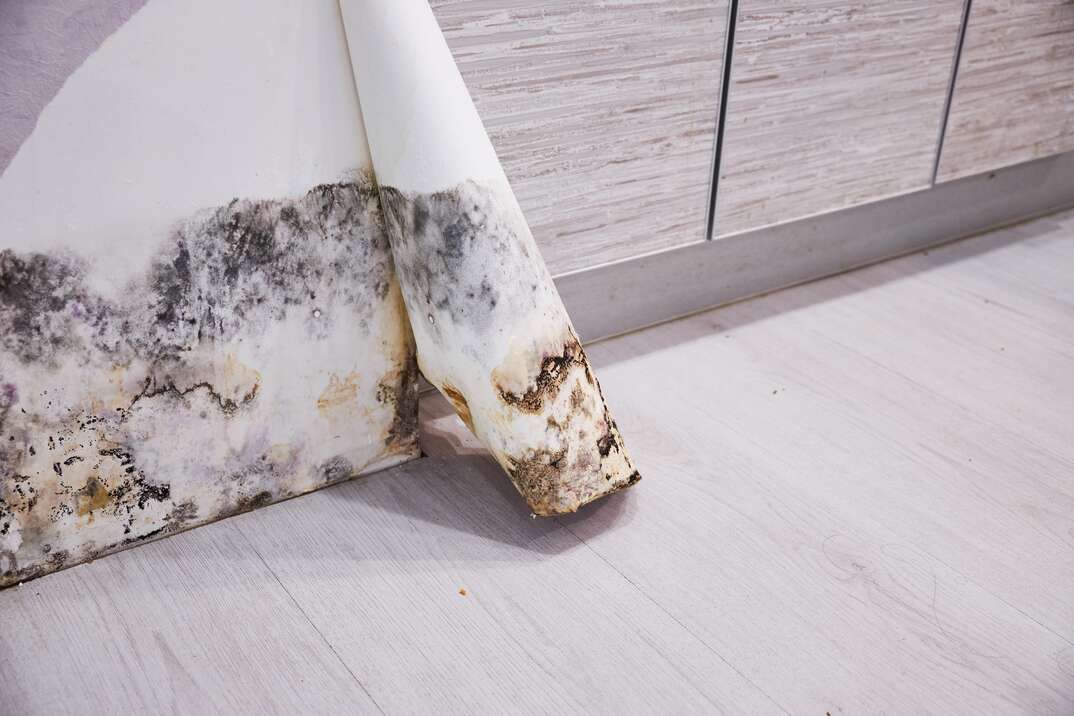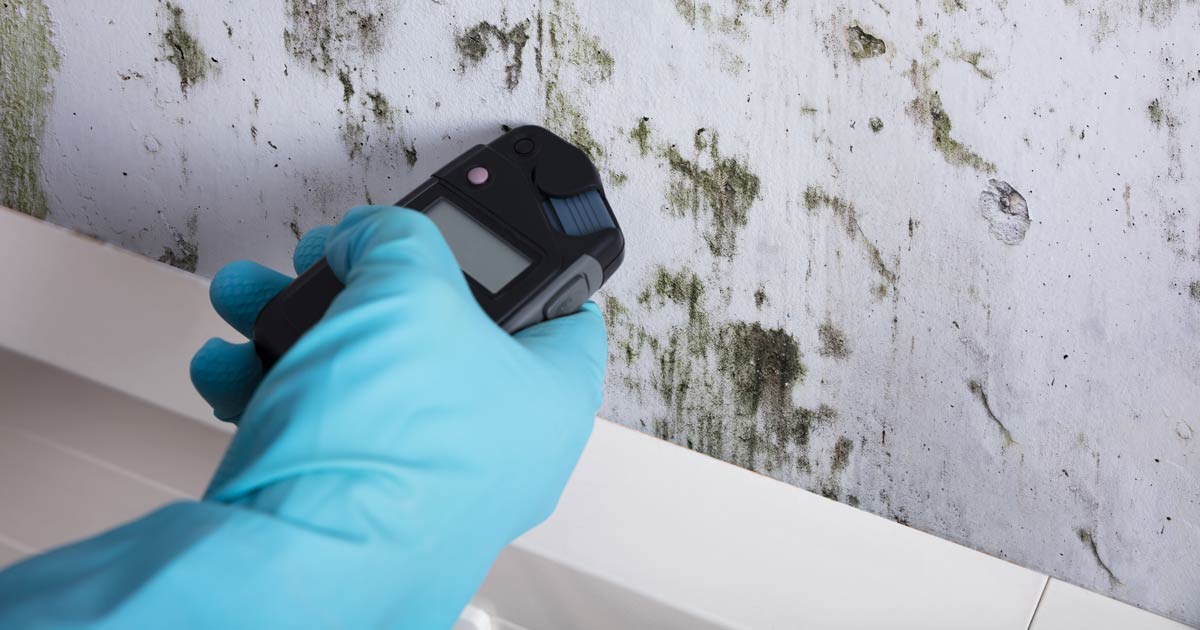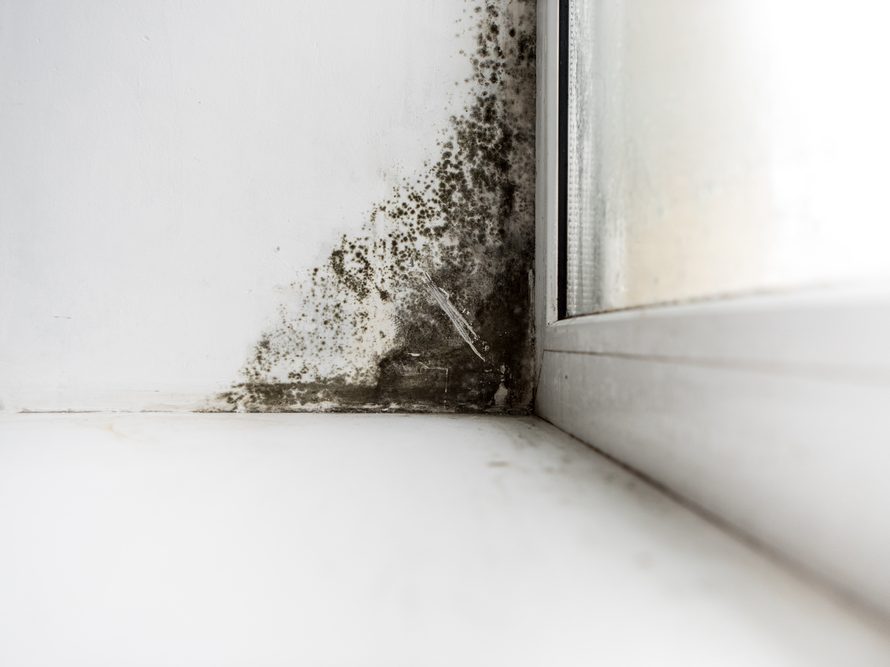Your Ultimate Overview to Message Mold And Mildew Removal Techniques
In the after-effects of mold and mildew invasion, understanding how to properly remove the mold and avoid its reoccurrence is critical for maintaining a healthy and balanced indoor environment. From choosing the appropriate cleaning and decontaminating methods to carrying out approaches for long-lasting mold prevention, each action in the removal trip plays a critical duty in ensuring a successful outcome.
Recognizing Post-Mold Remediation Refine
After completing the mold and mildew removal procedure, it is essential to recognize the post-mold removal techniques that are needed to ensure a complete and effective cleaning. As soon as the mold has been removed, the next step entails cleaning and decontaminating the influenced locations to stop any type of regrowth of mold and mildew. This consists of using specialized cleaning representatives to wipe down surface areas and eliminate any type of remaining mold and mildew spores. It is necessary to dry the area entirely to discourage the growth of mold in the future (After mold remediation). Appropriate air flow and dehumidification can aid in this process.
Furthermore, performing a last assessment post-remediation is important to ensure that all mold and mildew has actually been successfully gotten rid of. This evaluation should include a complete aesthetic check as well as possibly air tasting to validate the absence of mold and mildew spores in the air. If the inspection exposes any lingering mold and mildew, extra removal may be required. Informing owners on precautionary actions such as controlling dampness levels and without delay attending to any type of water leakages can aid preserve a mold-free atmosphere.
Effective Cleaning and Sanitizing Methods

Avoiding Future Mold Growth

Significance of Appropriate Ventilation
Appropriate air flow plays a crucial role in preventing dampness accumulation, a crucial variable in mold development within indoor atmospheres. Efficient ventilation systems aid remove excess humidity from the air, reducing the chances of mold and mildew spores discovering the moisture they need to sprout and spread out. Without ample air flow, interior spaces can become a breeding place for mold and mildew, bring about prospective health threats and architectural damage.
By making certain correct air flow, air flow systems can likewise assist in drying wet locations quicker after water damages or flooding events, even more hindering mold and mildew development. Post Mold Remediation Report. In areas like washrooms, attic rooms, cooking areas, and basements where wetness levels often tend to be higher, mounting and keeping effective ventilation systems is vital in stopping mold infestations

Surveillance and Maintenance Tips
Given the essential function that correct air flow plays in protecting against mold development, it is vital to develop effective tracking and maintenance tips to make certain the continued functionality of ventilation systems. Routine examinations of air flow systems should be performed to inspect for any type of indications of blockages, official statement leakages, or breakdowns that could hinder proper air flow. Surveillance moisture levels within the building is also critical, as high humidity can add to mold and mildew development. Setting up a hygrometer can help track moisture levels and sharp homeowners to any kind of spikes that might call for attention. Additionally, ensuring that air filters are frequently cleansed or changed is vital for keeping the effectiveness of the ventilation system. Carrying out a timetable for regular upkeep tasks, such as air duct cleansing and cooling and heating system inspections, can help avoid concerns before they escalate. By remaining attentive and aggressive to the condition of ventilation systems, residential property proprietors can efficiently alleviate the threat of mold regrowth and keep a healthy indoor setting.
Final Thought
Finally, post-mold remediation techniques are essential for guaranteeing a risk-free and tidy atmosphere. Comprehending the process, carrying out efficient cleaning and disinfecting techniques, protecting against future mold development, keeping appropriate air flow, and regular tracking are all critical action in the removal procedure. By adhering to these standards, you can efficiently get rid of mold and stop its return, advertising a healthy and balanced living or functioning room for all residents.
In the after-effects of mold and mildew invasion, recognizing how to effectively eliminate the mold and mildew and stop its reoccurrence is extremely important for preserving a healthy and balanced interior atmosphere. Once the mold has been eliminated, the following action entails cleansing and disinfecting the affected locations to stop any regrowth of mold - Post Mold Remediation. After eliminating visible mold and mildew development, it is crucial to clean up all surfaces in the affected area to get rid of any kind of remaining mold and mildew spores. To even more improve mold and mildew prevention steps, it is crucial to resolve underlying concerns that originally led to mold advancement.Offered the important function that appropriate ventilation plays in avoiding mold and mildew growth, it is essential to develop efficient surveillance and upkeep suggestions to ensure the ongoing functionality of ventilation systems
Comments on “Assistance on What to Do After Mold Remediation”